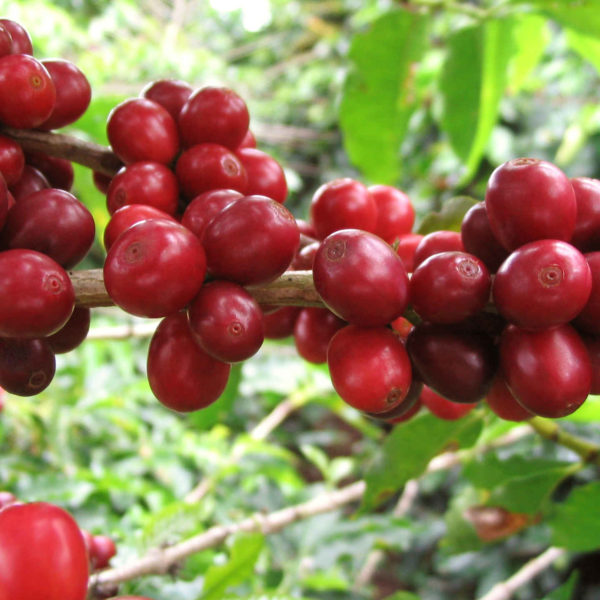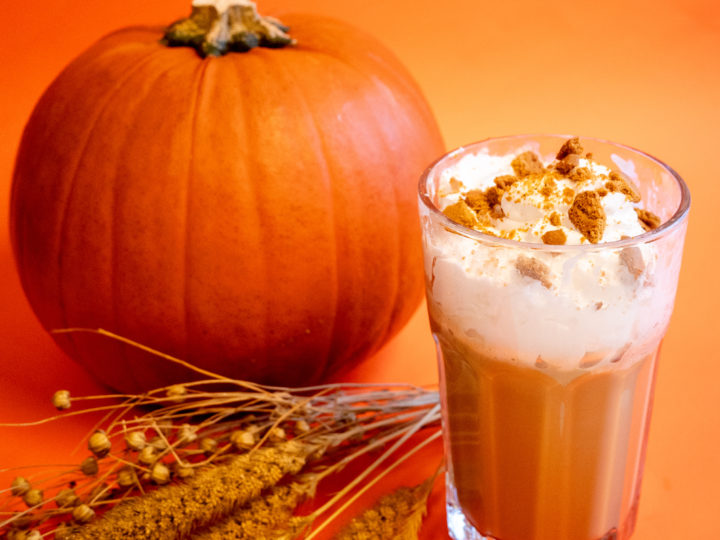Coffee is a beloved drink for Finns
For the vast majority of Finns, the day starts with a big cup of coffee. The high consumption is also reflected in the statistics, as Finland has the highest coffee consumption in the world in relation to the number of people. Around 10kg of roasted coffee per person is consumed in Finland every year.
Coffee was rationed in Finland during the Second World War from 1939 onwards. Substitutes containing about a quarter of coffee were introduced in 1941, and counterparts with no coffee at all in 1943. After the wars, coffee became more common again and people learned to drink it more than anywhere else in the world.
Origin of coffee
 Coffee originated in Ethiopia, where it is said to have been discovered before the 1000s. Legend has it that a goat herder noticed his goats keeping watch at night after they had eaten the berries of the coffee bush. Excited by his discovery, the goat herd tasted the berries and the rest is history. Over the centuries, the typical way to enjoy coffee was to grind and extract the roasted and coffee beans in hot water. By the 20th century, coffee had spread across the globe. Today, quality coffee is grown on all continents near the equator.
Coffee originated in Ethiopia, where it is said to have been discovered before the 1000s. Legend has it that a goat herder noticed his goats keeping watch at night after they had eaten the berries of the coffee bush. Excited by his discovery, the goat herd tasted the berries and the rest is history. Over the centuries, the typical way to enjoy coffee was to grind and extract the roasted and coffee beans in hot water. By the 20th century, coffee had spread across the globe. Today, quality coffee is grown on all continents near the equator.
The five largest coffee producing countries, in order from largest to smallest, are Brazil, Vietnam, Colombia, Indonesia and Ethiopia. Interestingly, Vietnam does not produce any high quality coffee and most of the coffee from Brazil and Indonesia is also low quality, low value coffee.
Coffee plant
 Arabica and Robusta are the two main varieties, which are further divided into several dozen sub-varieties. Robusta is more productive and less susceptible to plant diseases, but its taste is one-sided and bitter. Indeed, most of the world’s coffee production is Arabica and all the top quality coffee varieties are Arabica sub-varieties. The fact that coffee is said to be 100% Arabica is an advertising gimmick for bulk coffee, but it says nothing about the real quality of the coffee.
Arabica and Robusta are the two main varieties, which are further divided into several dozen sub-varieties. Robusta is more productive and less susceptible to plant diseases, but its taste is one-sided and bitter. Indeed, most of the world’s coffee production is Arabica and all the top quality coffee varieties are Arabica sub-varieties. The fact that coffee is said to be 100% Arabica is an advertising gimmick for bulk coffee, but it says nothing about the real quality of the coffee.
Coffee farming can be done mechanically or manually. Higher yields are obtained on flat lowlands where the coffee is directly exposed to the sun all day. In such terrain the coffee grows quickly and the berries are easy to pick with large machines. However, there is a trade-off in terms of size. Farmers who are concerned about quality grow their coffee at higher altitudes, often in the shade of shelter trees. This means that the coffee has to work harder for the berries, but at the same time the berries and beans are much juicier and tastier. Because of the location and the precision of the end result, the better coffees are hand-picked.
Caffeine and the health benefits of coffee
Caffeine is the energising ingredient in coffee. It is the reason why drinking coffee helps with fatigue. The health benefits of coffee are also well known: it improves short-term memory, reduces the risk of Parkinson’s disease and its symptoms, reduces the risk of dementia, reduces the risk of diabetes, reduces the risk of cirrhosis of the liver and prevents heart failure. Read more about the health benefits of coffee here.
Get to know different coffee varietiesComments (0)
Leave a reply
You must be logged in to post a comment.




